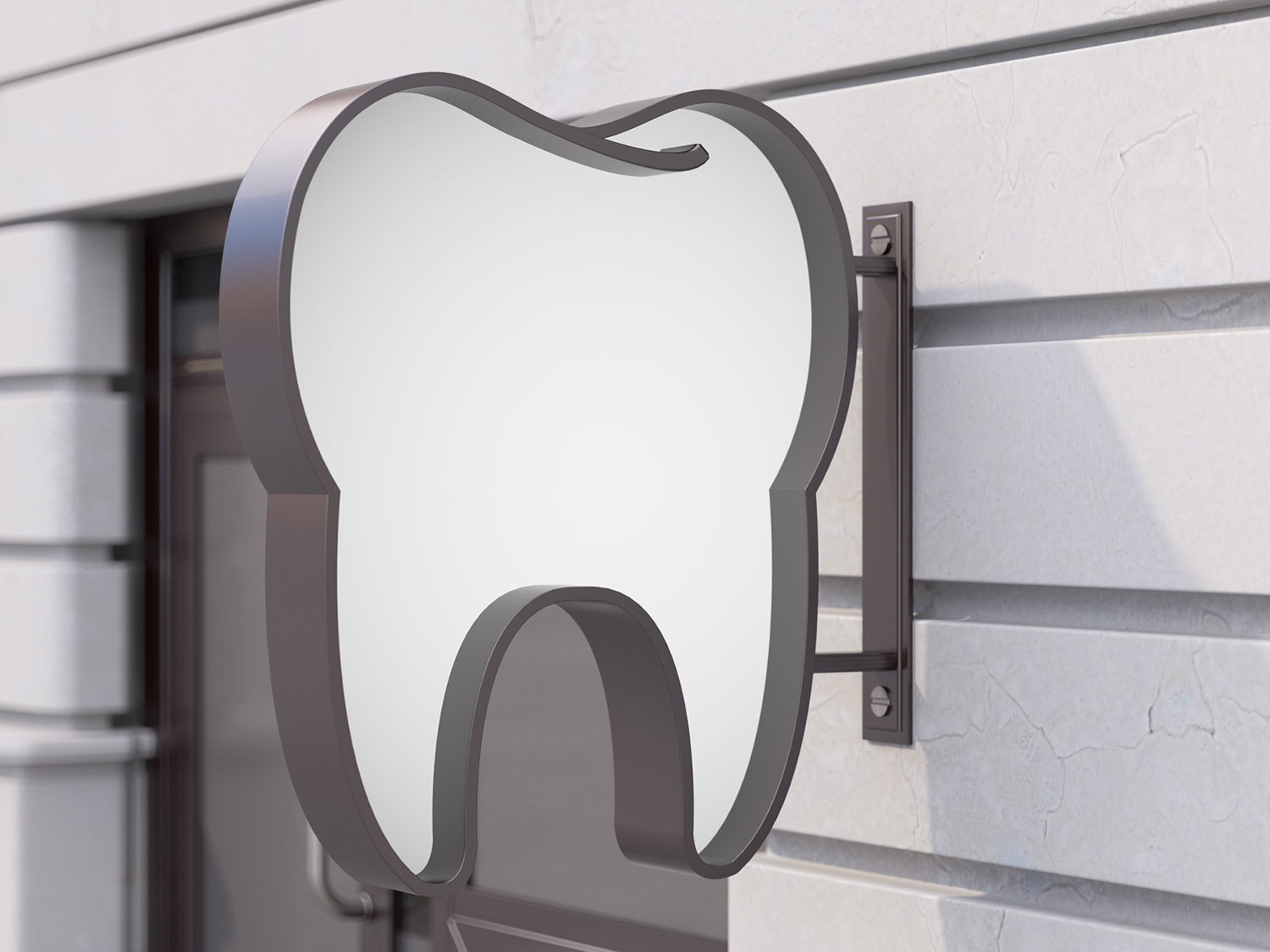As a dentist, closing your practice is a very significant step toward retiring from your professional life. What you have painstakingly built up over decades must now find a suitable successor. One key to success is to allow enough time for this process. In this article, we will tell you what you need to know.
The right time to transition your practice
Building your practice takes many years of hard work. As a result, you have grown emotionally attached to your practice. The transition should, therefore, never be carried out in a hurry. Long-term planning involving detailed consultations with experienced advisors is essential. At least five years of lead time are recommended to prepare all steps well in advance. This way, you will have ample time to find a suitable successor and to settle all legal, economic, and tax-related issues.
How to plan a successful dental practice transition?
The first important step is to specify your expectations. What should the transition look like? Who should take over your practice? What is the approximate transition date? This initial specification will serve as an orientation and guide along the way for all subsequent planning. Another fundamental question is that of the planning area (a scheme to regulate the number of licensed dentists in a given area as determined by demand planning to ensure comprehensive dental care). Is your practice located in an open or closed planning area? In an open one, there are no restrictions at all so you can look for a successor without any limitations. In a closed planning area, the Kassenärztliche Vereinigung (Association of Statutory Health Insurance Physicians) runs a formal succession process. You have to submit an application at least nine months before the planned transition.
During the planning phase, the value and desired selling price of the dental practice must be determined. Determining factors include:
- location and transport connections
- image and reputation of the practice
- size of the practice
- age and condition of the equipment and practice furnishings
- remaining term of the lease
To obtain a proper and accurate valuation, the valuation process should always be carried out by an expert and at an early stage, as this will allow you to increase the value of the practice through possible renovations or replacement of equipment.
Furthermore, you need to check the conditions and remaining terms of all your contracts, including rental agreements, employment contracts, insurance policies, loan and lease agreements, maintenance and service agreements, and contracts with practice partners.
Once you have clarified all basic questions, it is time to create a detailed and appealing practice exposé. Quality before speed: Take your time to ensure that your exposé will attract as many potential applicants as possible. It is a perfect way of promoting your practice and finding a worthy successor. You can always get professional help if necessary.
Once this step has been completed, you can start looking for a suitable successor. If you do not have a family member or an employed dentist that plans to take over the practice, you need to look elsewhere. For this purpose, there are online marketplaces where you can advertise your practice. Examples are blaudental or Praxismarkt by zm-online.
Depending on whether your practice is situated in an open or closed planning area, you have full or only limited influence on the application process. What you can influence in any case is the selection of applicants. In closed planning areas, the review board of the Kassenzahnärztliche Vereinigung (Association of Panel Dentists) will make the final decision on dental practice transitions. However, if the board rejects the successors you recommended, you will be entitled to compensation.
Once it has been decided who will take over your practice and the purchase agreement has been signed, you must inform all the parties concerned. In addition to your patients and suppliers, this also includes cooperation partners, the dental association, the employers’ liability insurance association, the health authority, and the pension fund.
Conclusion: good planning is essential
Plan the transition of your practice as long ahead as possible. It is best to take at least five years to do this. This gives you enough time to go through all the transition scenarios and find the best solution for you. In this context, it is inevitable to get professional support—be it for legal, economic, or tax purposes. In summary, these are the most important steps for a smooth practice transition:
- list your expectations
- create a schedule
- determine the value and selling price of your practice
- check all contracts
- create an appealing practice exposé
- formally initiate the succession procedure (for closed planning areas)
- start looking for a successor
- inform relevant parties and organizations affected by the practice transition
